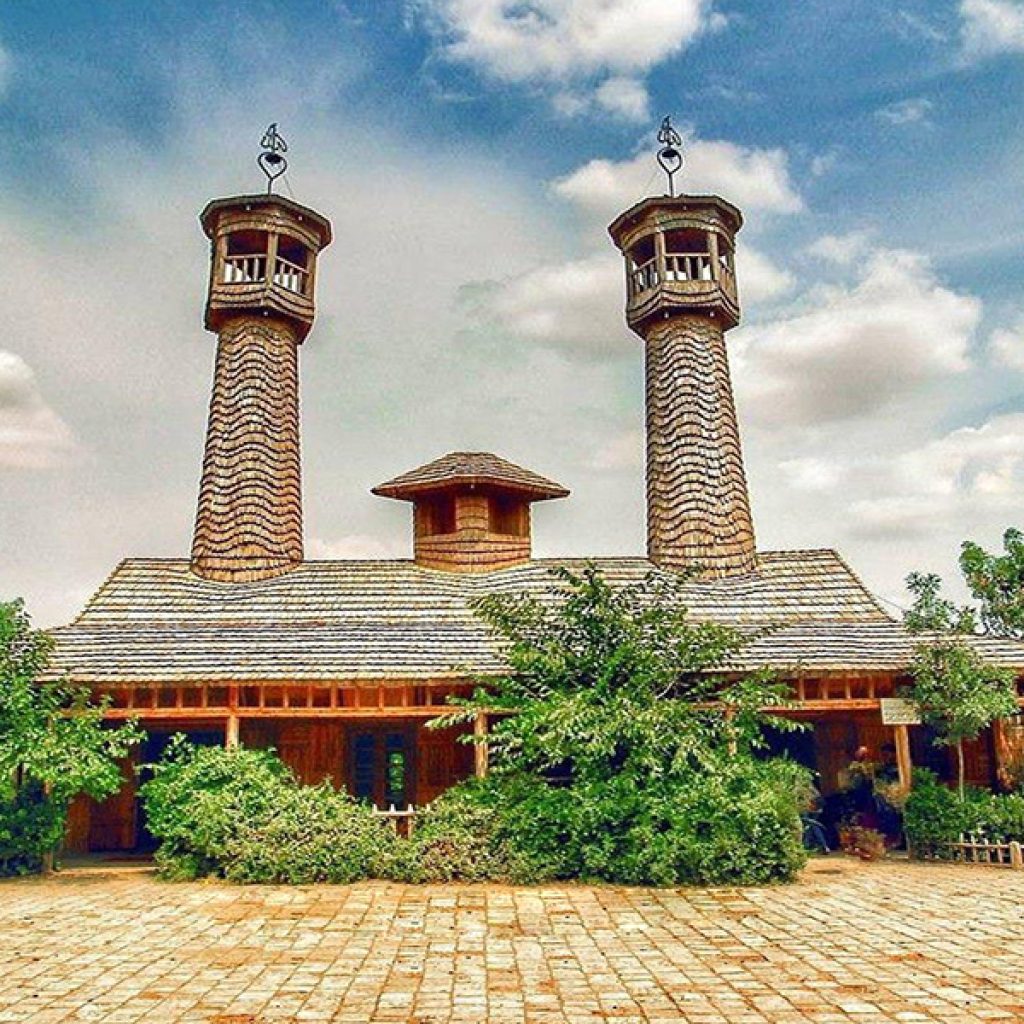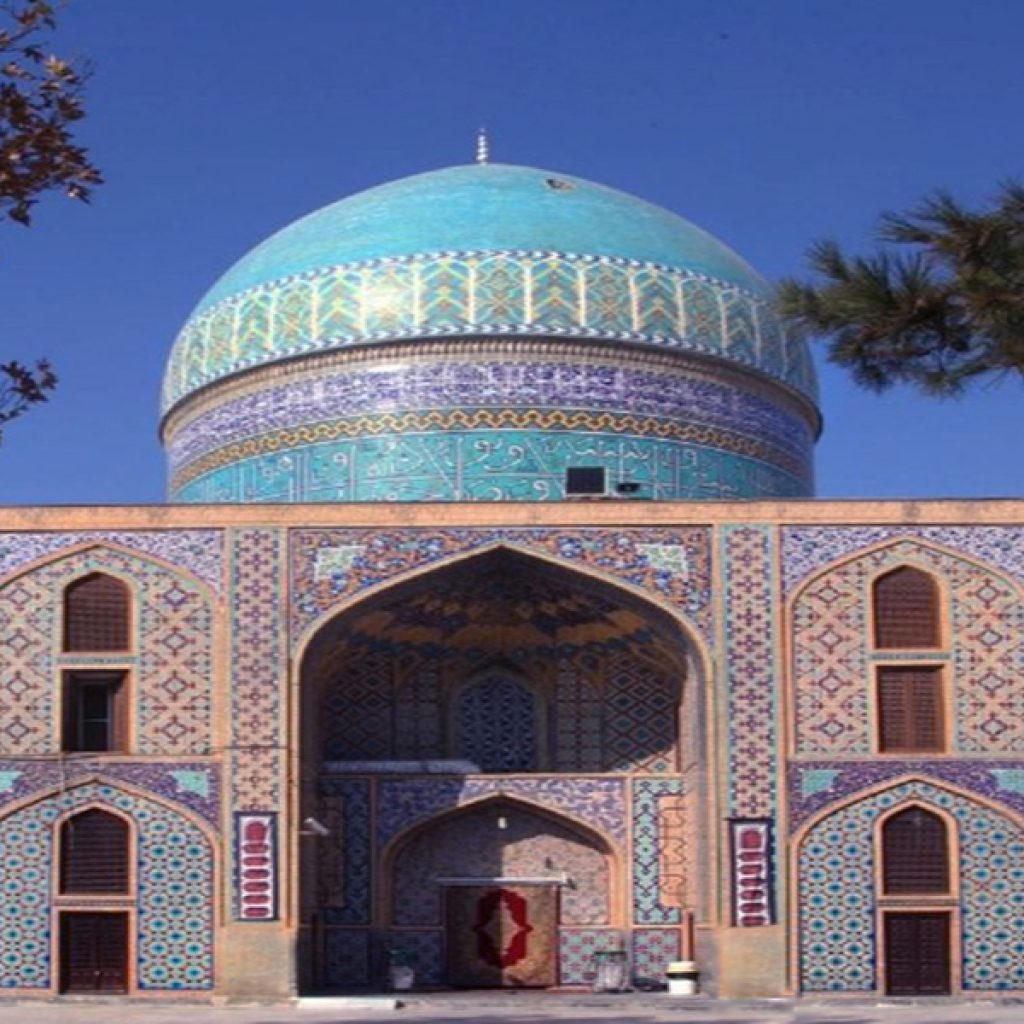Nashtifan Windmills, or Asbads, are among the oldest vertical-axis windmills in the world, ingeniously harnessing Iran’s 120-day desert winds to grind grain. Built from mud, clay, and wood, these historic structures showcase centuries of Iranian architectural and technological innovation.

Tomb of Ferdowsi

Tomb of Nader Shah Afshar

Mausoleum of Attar-e-Nishapuri

Sheikh Ahmad-e Jami Mausoleum Complex

Nishapur Wooden Mosque

Tomb of Arsalan Jazeb and Ayaz Minaret

Akhenjan Tower

Goharshad Mosque

Darougheh House

Saint Mesrop Armenian Church

Kalat-e-Naderi complex and Khurshid Palace

Mahdi Gholi Beyk historical bath

Kang village

Kooh Sangi Park

Mashhad Miniature Park

Torghabeh and Shandiz County

Chalidareh Tourist Complex

Mashhad Aqua Parks

Mashhad Botanical Garden

Khajeh Aba Salt Shrine

Tomb of Khajeh Rabi

Imam Reza Holy Shrine Complex

Bazar Reza
Tehran, Tabriz, Bazargan Border, Erzurum, Uzundere, Artvin, Hopa, Rize, Trabzon
